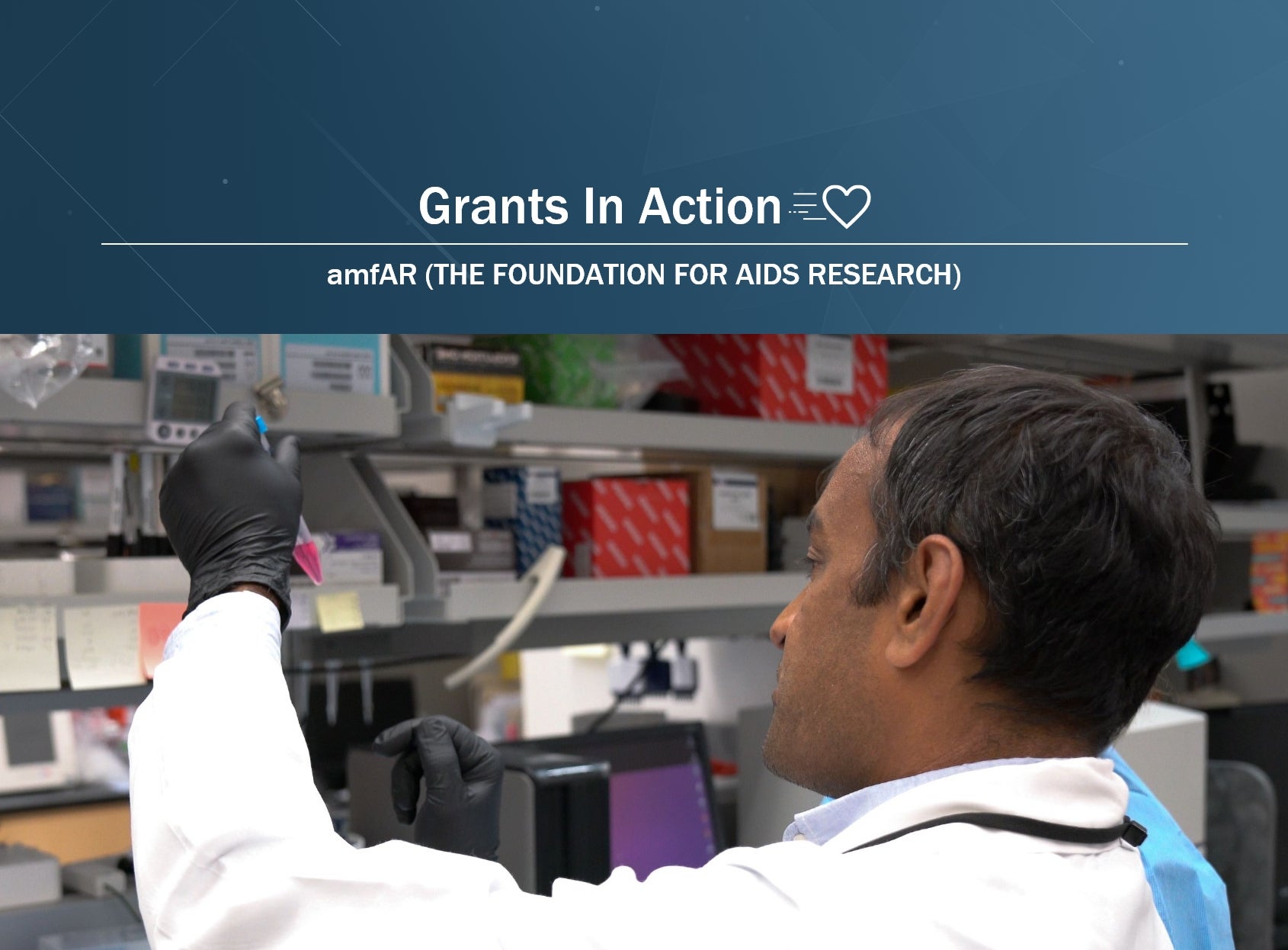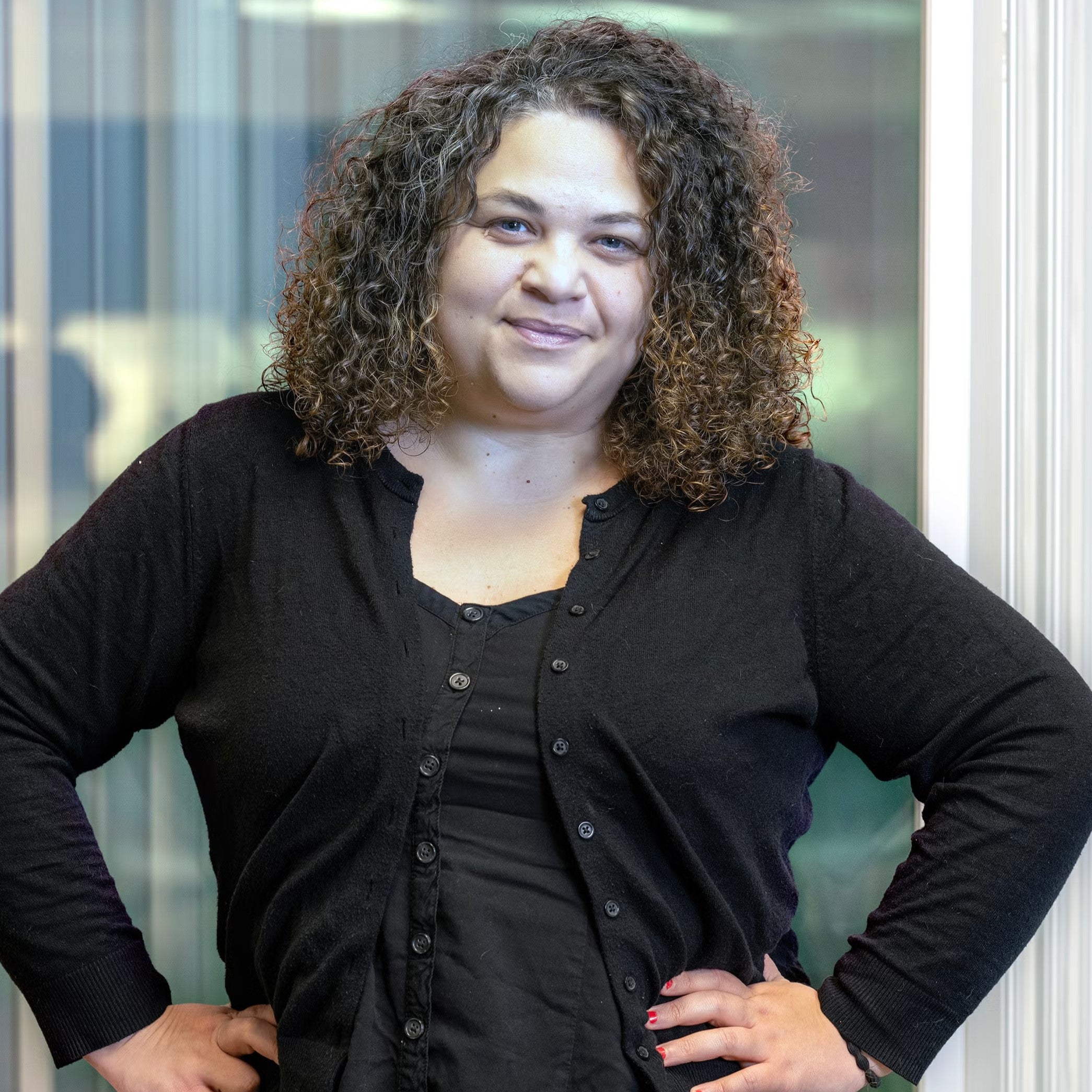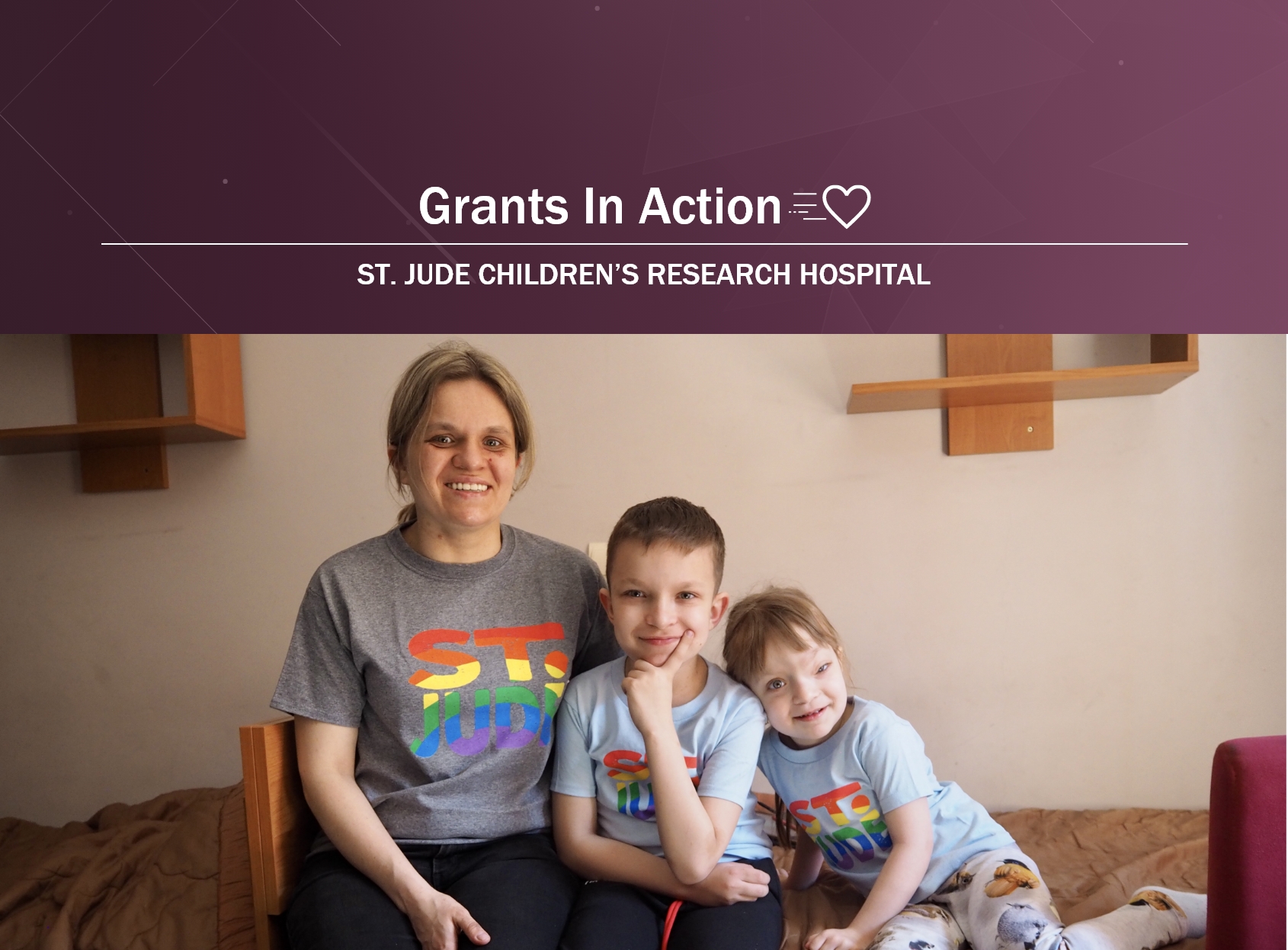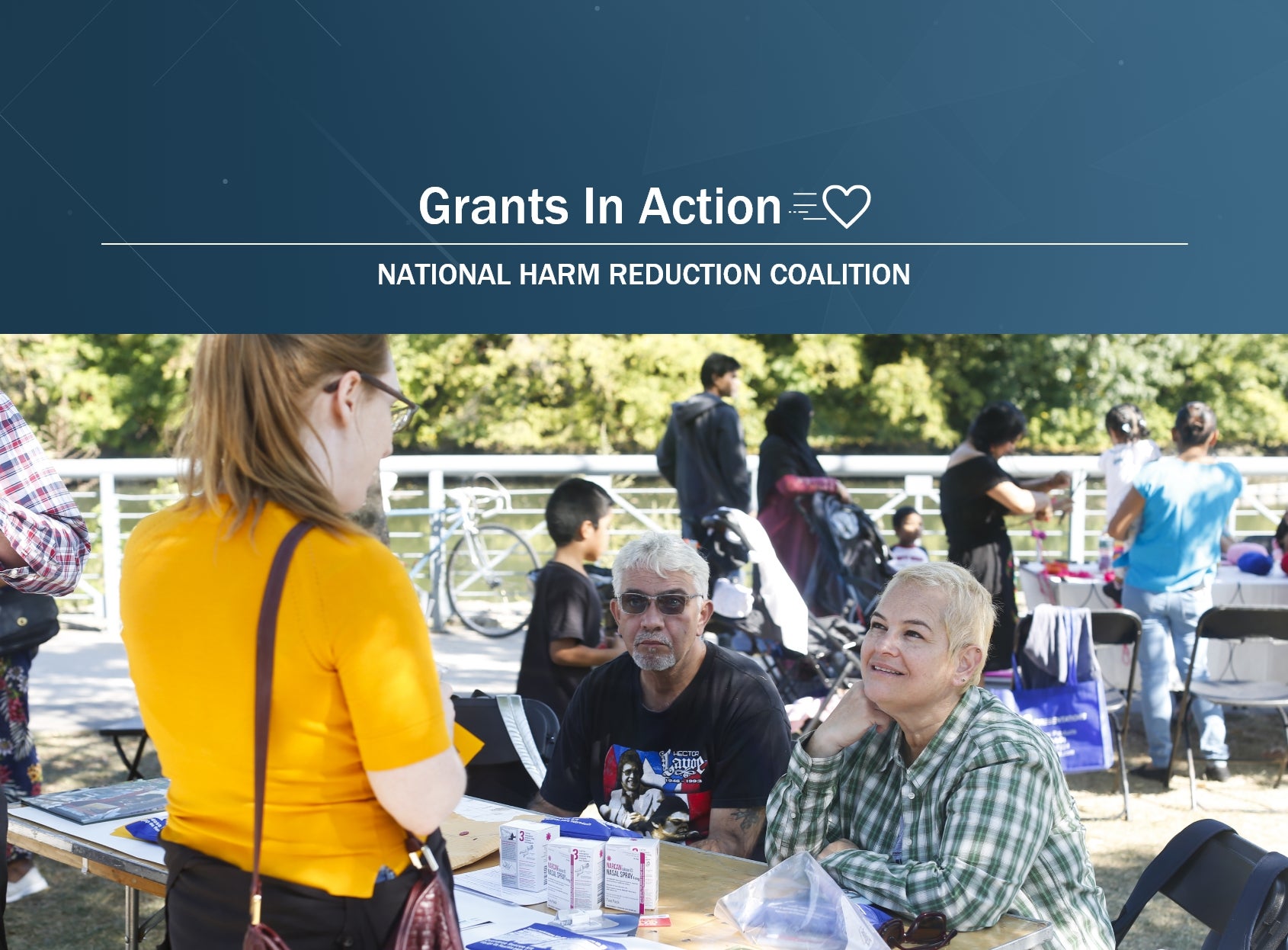Funding Research and Advocacy Helps amfAR Get One Step Closer to the Cure for HIV and AIDS
National Philanthropic Trust’s donors recommend thousands of grants every year. This new series, Grants In Action highlights the breadth of causes and organizations NPT’s donors are supporting with grant recommendations from their donor-advised fund accounts.

For nearly 35 years, December 1 has marked World AIDS Day, an opportunity to raise awareness about HIV and AIDS, and to commemorate all those who have lost their lives from AIDS-related illnesses. While there have been tremendous strides in the fight against HIV and AIDS over the years, the work isn’t over.
As Kevin Robert Frost, the Chief Executive Officer of amfAR (The Foundation for AIDS Research) points out, “There are still millions of people around the world who cannot get access to treatment or prevention methodologies, and we are continuing to see new infections rise in some parts of the world.”
According to the World Health Organization, in 2021 alone, an estimated 38.4 million people worldwide were living with HIV, and 650,000 people died of HIV-related illnesses. Frost argues, “If we can’t acknowledge the challenges that they face and how we can make their lives better, who are we as a society?”
As a global leader in funding and supporting biomedical and field research, amfAR has awarded millions of dollars, by way of thousands of grants, to scientists, researchers, advocates and others worldwide. The New York City-based nonprofit organization has also been at the forefront of HIV and AIDS advocacy, policy and education since 1985.
“Early in our work we understood there was a profound need to educate policymakers and legislators around the AIDS epidemic in what needed to be done and to advocate for more research funding,” Frost explains.
Established in the early years of the HIV/AIDS crisis in the U.S., amfAR saw firsthand the impact of the social stigma that accompanied the communicable disease, which disproportionately impacted groups already marginalized.
Frost points out that much more is known now “about transmission and how people get the disease,” but there is still “shame that surrounds an HIV diagnosis and issues around feeling like they did something wrong.” Adding that those stigmas can come from both externalized and internalized forces. “That stigma has yet to be overcome.”
In order to continue to break those barriers, as well as to continue the lifesaving work that comes from advancing treatment (including the distribution PrEP, or pre-exposure prophylaxis) and research, donors can do their part to help.
Donors who opt to go the long-term giving or unrestricted giving route provide amfAR “with stability to our grants program and the ability to achieve our long-term vision,” including “some pretty significant breakthroughs."
While the COVID-19 pandemic caused some setbacks for HIV/AIDS research as public attention shifted, Frost says that donors still stepped up. Grants from 340 donor-advised funds (DAFs) distributed to amfAR over the course of the 2021 fiscal year helped the organization top $24 million in public support.
“DAF donors are smart, investment-minded donors,” Frost says. “They think about where their money is going, and they think about the kinds of initiatives they want to support,” whether that be research, policy, advocacy, education, or other ongoing efforts, such as the TREAT Asia initiative, which supports dozens of clinical sites across the region.
Donors who opt to go the long-term giving or unrestricted giving route, Frost explains, “provide us with stability to our grants program and the ability to achieve our long-term vision,” including “some pretty significant breakthroughs.”
“We believe that a cure is possible and this is one of those times where more support and more funding could really make the difference.”
NPT is not affiliated with any of the organizations described herein, and the inclusion of any organization in this material should not be considered an endorsement by NPT of such organization, or its services or products.
NPT does not provide legal or tax advice. This blog post is for informational purposes only and is not intended to be, and shall not be relied upon as, legal or tax advice. The applicability of information contained here may vary depending on individual circumstances.


